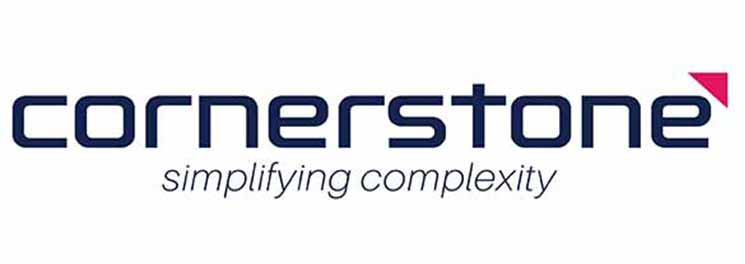
Measure Early, Measure Right: How to Demonstrate Value in Supply Chain Projects
Perfectly sound improvement projects can be undermined by a lack of reporting and ability to demonstrate value delivered. Here’s how to avoid this common trap.
You would be hard-pressed to find a business leader who would argue with the importance of ongoing measurement of what you’re doing. After all, if you can’t measure it, you can’t understand or control it – and you certainly can’t improve it.
However, there’s another vital function of measurement that is relevant, which is staged project delivery as a means to driving ongoing improvement in the Finance and Supply Chain areas of your business – that is, demonstrating the value in what you’re doing to the company’s leadership and other stakeholders. And perhaps even more importantly, the need to demonstrate that you’re delivering that value as quickly as possible.
All too often, we see perfectly sound improvement projects that have been executed and handed over to BAU – and then never revisited or reviewed by the project owner or sponsor to assess for effectiveness and outcomes. This is a significant error to make, regardless of how well you think your project may be delivering on its target outcomes.
Unfortunately, it’s also an easy error to make. This is especially so when you’re juggling competing priorities, or perhaps you’ve even moved on to your next project.
It doesn’t matter whether you’re delivering a larger or smaller chunk of your project elephant; with an accelerated timeline or not. It is absolutely critical that you are measuring the success of your project, and demonstrating the critical return-on-investment (ROI) and time-to-value metrics (TTV) of each.
Armed with the right metrics (and a proactive approach to reporting them to key stakeholders), you’ll develop the kind of credibility that will make gaining approval on future business cases a far easier proposition. If you can’t demonstrate the value of what you’re already doing in unequivocal terms, future projects may be viewed as risky – no matter how sound the strategy behind them.
Measure early, measure right
When we talk about rigour in how you measure and report on your projects, it doesn’t need to be an onerous process involving more numbers than anyone can make sense of. Instead, by choosing the right metrics to focus on, with the right cadence of reporting, you can streamline the process – without compromising on the output.
What does that mean in practice? It goes without saying that no matter what your project, its long-term objectives must always be tied to the overall strategic objectives of the business. However, your assessment of the success (or otherwise) of every project should not be left to the long-term. Instead, measurement and monitoring should start from as close to day one as possible – and it must be ongoing.
Demonstrating value when optimising inventory health
Let’s take the example of the project to optimise inventory health in your supply chain. While we know broadly the “pain points” that are likely to be the drivers behind the project (compromised service levels, lack of working capital, financial provisions impacting P&L, challenges with product segmentation and policies, and lack of agility) – how do you demonstrate that you are making progress towards solving these pain points; as well as meeting the broader strategic agenda?
From day one, you should be monitoring adoption statistics of your new system. How many people are logging in, and are the new processes being followed? If targets are not being met in terms of basic adoption and usage of the system, it’s time to revisit the change strategy and ensure you’ve offered sufficient access to knowledge, training and troubleshooting support, for example.
Day one is also the time to start collecting data to feed into your executive reporting dashboard, which in the case of inventory health would include key metrics such as out-of-stock rate, sales v inventory value, gross margin ROI, lost sales, sell-through rate and weeks of supply. While the trends against each of these areas may not show instant improvement in the initial weeks after implementation, you would hope to see a general positive trend within the first six months.
Finally, the six-month mark is also an appropriate time for the project sponsor to undertake a more rigorous post-implementation review. The aim here is to assess the overall success of the project, as mapped against the original objectives from the business case. This review should also take into account user adoption and engagement information; as well as any efficiencies that have been created in the planning cycle as a result of the implementation.
What happens if you haven’t realised the anticipated value?
With the right planning, tools and external support, the risk of your project being a complete failure will be very low. However, things can and do go wrong – and sometimes those weaknesses aren’t uncovered until your six-month implementation review.
If you haven’t realised some or all of the anticipated benefits after six months, it’s time to do a more in-depth backward-facing review. That means reverting to your strategy or business case to review what you were trying to achieve, and identifying any possible gaps in your change strategy. Often, it may be that you need to clear the “noise” in your supply chain – those factors (sometimes known, sometimes unknown) that are adding unnecessary time and cost.
Cornerstone Performance Management are enablers of change and transformation in Supply Chain, Information Management, Financial Planning & Analytics, Management Consulting, Project Management, and Managed Application Services. Meet our team or reach out to have a discussion today.





